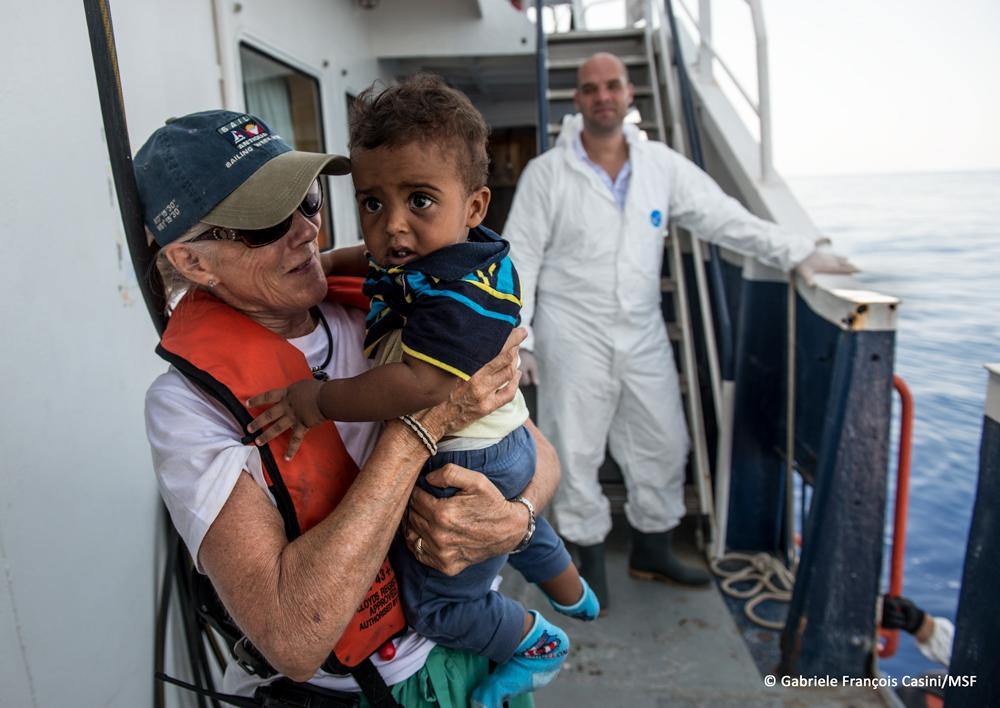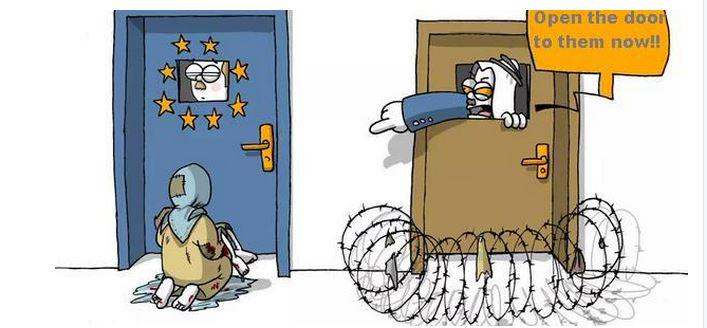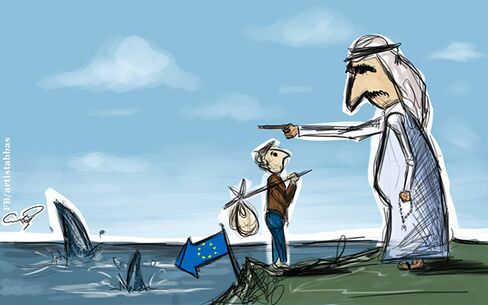Welcome to a brave new world of censorship.
The author of the first book to be banned in New Zealand for at least 22 years is asking: “Will I be burnt next?”
Ted Dawe, 64, the head of studies at Taylors College for international students in Auckland, is the unlikely subject of the first interim restriction order on a book under the Films, Videos and Publications Classification Act 1993.
His award-winning book for teenagers, Into The River, has been banned from sale or supply under the order issued by the president of the Film and Literature Board of Review, Dr Don Mathieson, QC.
The president of the what? What the hell is the Film and Literature Board of Review, that it has the power to ban books from sale or supply? Especially award-winning books for teenagers by teachers?
It appears to be a government censorship board. It describes itself in bureaucratic gobbledygook that goes in circles:
The Film and Literature Board of Review is the body that reviews publications that have been classified by the Office of Film and Literature Classification. It is an independent body carrying out quasi-judicial functions. Anyone seeking a review of a publication must do so within 30 working days of publication of the List of Decisions in which the classification appears.
The Classification Office maintains a Register of Classification Decisions. This records all of the classification decisions made by that Office, as well as the decisions of the Board. This register is by law the official repository of classification records. If you want to know the classification of any publication you should contact the Classification Office. Each month the Classification Office also releases a listing of all new classification decisions in its List of Decisions, to which anyone with an interest may subscribe.
Yes but what does “reviews” mean here? What does “classified” mean? What does “quasi-judicial functions” mean? What kind of “decisions”?
It appears to mean censorship. I’ll dig more later. Back to the Herald:
In the meantime, media law expert Professor Ursula Cheer has said it was illegal to supply the book even to a friend.
“Having it for your own personal use is okay. Passing it around to your friends is not,” she said.
As if it were a dangerous drug. Wtf? How did it win an award if it’s such a horrifying book?
Mr Dawe said he was “blindsided” by the ban, which was sought by lobby group Family First after deputy chief censor Nic McCully removed a previous R14 restriction on the book on August 14, making it totally unrestricted.
“Family First”…so that will be Christian theocrats then?
Yes.
Hi, I’m Bob McCoskrie
Are you concerned about rising family breakdown and the decline in standards and responsibility? I know I am.
Having spent several years teaching in secondary schools and tertiary institutions, working as a social worker with young people in South Auckland for more than 15 years, and engaging with the issues of the day on talkback radio, I am all too aware of the social cost of family breakdown.
In New Zealand, the married two-parent family is increasingly sidelined while the divorce rate skyrockets.
etc etc etc
Family First will:
- be a voice for the family in the media speaking up about issues relating to families that are in the public domain
- promote and advance research and policy supporting marriage and family as foundational to a strong and enduring society
- participate in social analysis and debate surrounding issues relating to and affecting the family being promoted by academics, policy makers, social service organisations and media, and to network with other like-minded groups and academics
- produce and publish relevant and stimulating material in newspapers, magazines, and other media relating to issues affecting families
- speak from a family friendly perspective with an emphasis on the Judeo-Christian values which have benefited New Zealand for generations.
Emphasis added.
So a Christian pressure group got an award-winning novel for teenagers banned from sale and distribution.
Family First NZ has successfully applied for an Interim Restriction Order on the book Into The River by Ted Dawe – a book laced with detailed descriptions of sex acts, coarse language and scenes of drug-taking. The book came to public attention after it took top prize in the 2013 New Zealand Post Children’s Book Awards. Award organisers hastily sent “explicit content” stickers to booksellers after the book’s win. The latest decision of the Censor will also now be reviewed by the Board of Review.
“In a strongly worded Order, the President of the Film and Literature Board of Review Dr Don Mathieson QC has accepted the concerns of Family First and the hundreds of families who wrote directly to the Censor’s office to protest the content, themes and availability of the book,” says Bob McCoskrie, National Director of Family First NZ.
Back to the Herald:
“It’s extraordinary,” Mr Dawe said. “I’ve had quite a few emails from people who share that sense of outrage. Do we live in a country where books get banned? I’ll get burnt next.”
He said Family First director Bob McCoskrie and Dr Mathieson, who wrote a dissenting view advocating an R18 restriction when the majority of the board rated the book R14 in 2013, were overstepping the rules of a democratic society.
“Those two individuals are united in their determination to establish this as a line that will not be crossed. I feel they have wildly overstepped the whole mechanism of looking at art and making judgments on it,” he said.
“New Zealand has taken a giant step towards that sort of regulatory moralising that I think most people felt we had left far in our past.”
It’s just astonishing. It sounds more like Bangladesh than New Zealand.
He said it was not easy to write a book that teenagers would want to read, or to get it published.
“People involved with teaching boys, especially English teachers, know how important books like this are because they speak to boys about the things that other boys’ books don’t have the firepower or the vitality to do effectively,” he said.
“The book was never about sex and drugs, it was always about bullying people and how that damages people for the rest of their lives. That is really the underlying theme, everything else is just the trappings that go along with that.”
Oh well no wonder the Christian bullies don’t like it.







